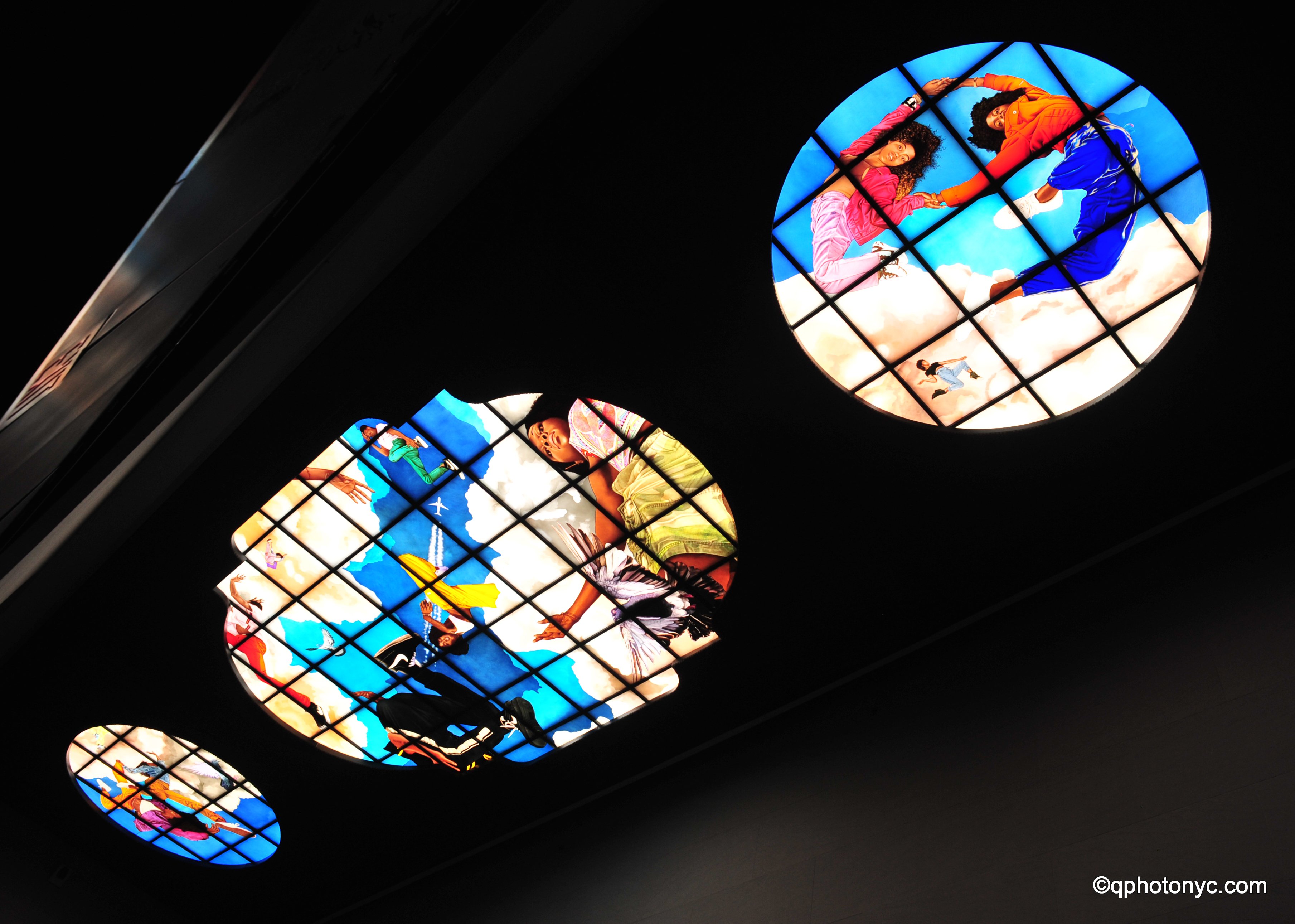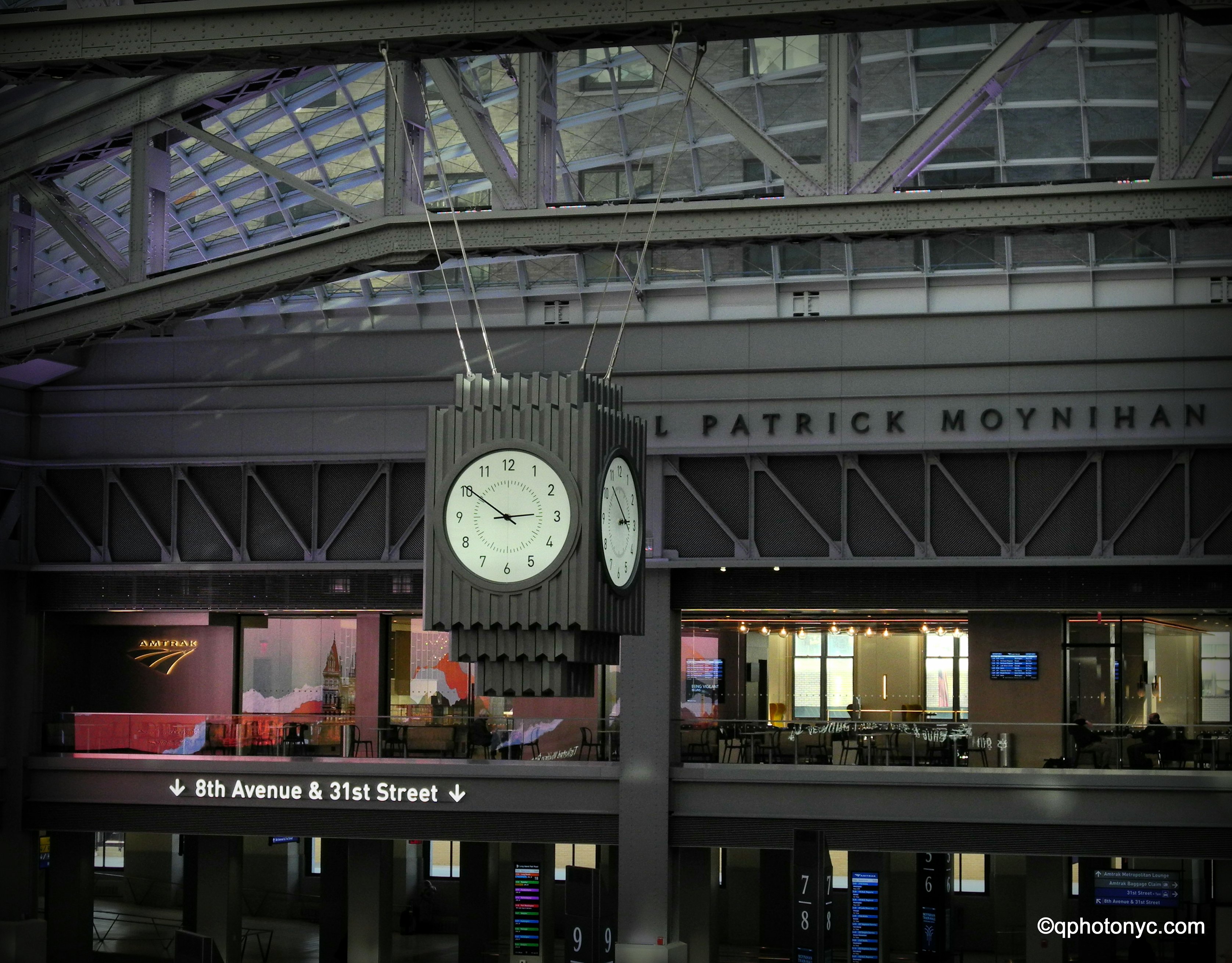January 24, 2021
Theo Pollack
New Yorkers have lamented the dispiriting hellhole beneath Madison Square Garden since it replaced the airy, neoclassical Pennsylvania Station in the 1960s. Buried in the ground without a ray of sunlight, and sporting all the architectural beauty of a bankrupt upstate shopping mall, our so-called train station on (or, rather, under) Eighth Avenue at 33rd Street is, indeed, lamentable. And while more than five decades of grievance have coalesced into a rare consensus among New Yorkers and commuters that Something Should Be Done, they have not led to this glorified subway station’s demolition and replacement with something befitting the Greatest City in the World, America’s Golden Door, or whichever municipal slogan one prefers….
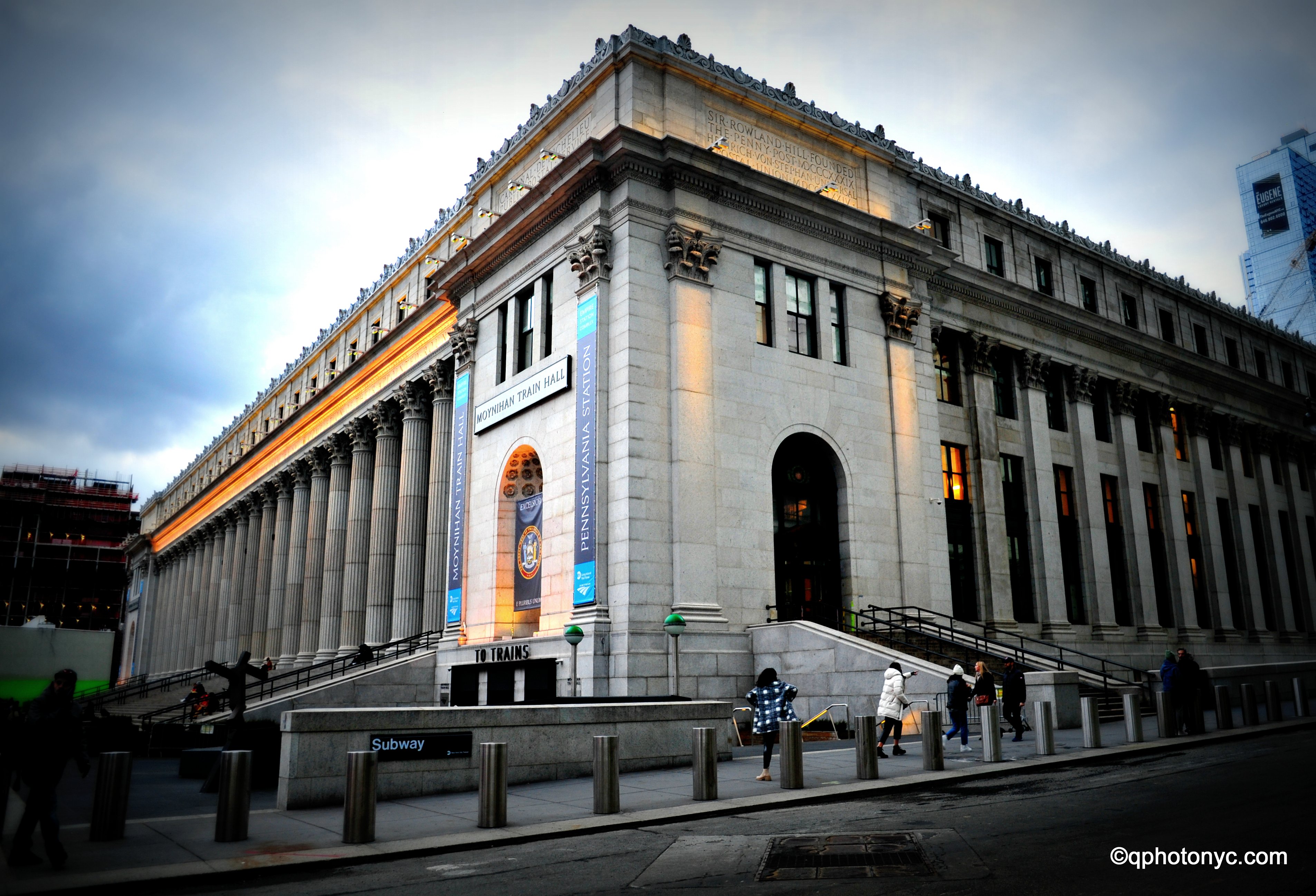
Now the powers that be have taken a step in the right direction. Across Eighth Avenue from the aging eyesore stands an older, neoclassical space – the General Post Office – built to complement the old, lost Penn Station. The Farley Post Office, as it is also known, replaced New York’s ornate 19th-century Post Office downtown, in City Hall Park, where Park Row splits from Broadway. Its construction in Midtown, and its designation as the General Post Office signaled the rise of Midtown as New York’s commercial center – and helped mark the end of Lower Manhattan’s three-centuries-long monopoly on central municipal spaces. The graph paper grid would replace the winding lanes of New Amsterdam as surely as the subway would replace the horse carts.
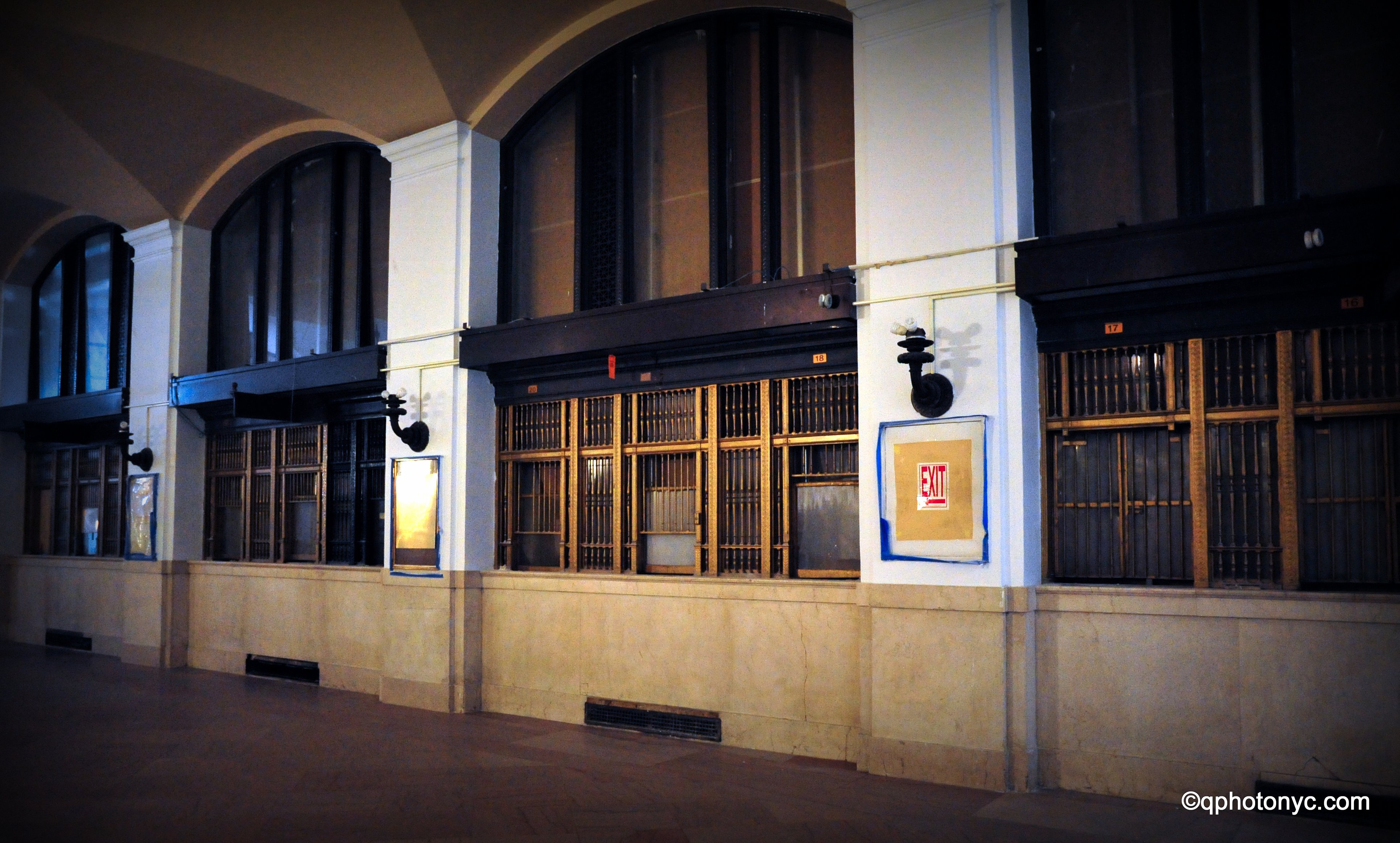
A marble entablature on the Eighth Avenue façade still evokes the inspiring postmen who heroically trekked across our vast, wild Republic, in the days of marble entablatures, delivering parcels and missives to the last outposts of civilization:
NEITHER SNOW NOR RAIN NOR HEAT NOR GLOOM OF NIGHT
STAYS THESE COURIERS FROM THE SWIFT COMPLETION OF THEIR APPOINTED ROUNDS

These words were not American, but came from Herodotus, an ancient Greek historian, describing the couriers of the Persian Empire. But they will do – and since 1912 they have done – to describe the American mail carriers who followed in those ancient footsteps. They have even been adopted as the USPS’s unofficial motto. But, alas, like the once-great American passenger railroads, the Postal Service is no longer what it once was. Email has accomplished what neither snow nor rain nor gloom of night could — leaving this massive edifice too capacious for today’s local postal requirements. And so a decision was made to pursue an adaptive reuse – a proposal sponsored by Senator Moynihan in the 1990s – to convert, roughly, the eastern half of the formidable post office into a new and well-designed annex of the aging subterranean hellscape that lies beneath the Garden.
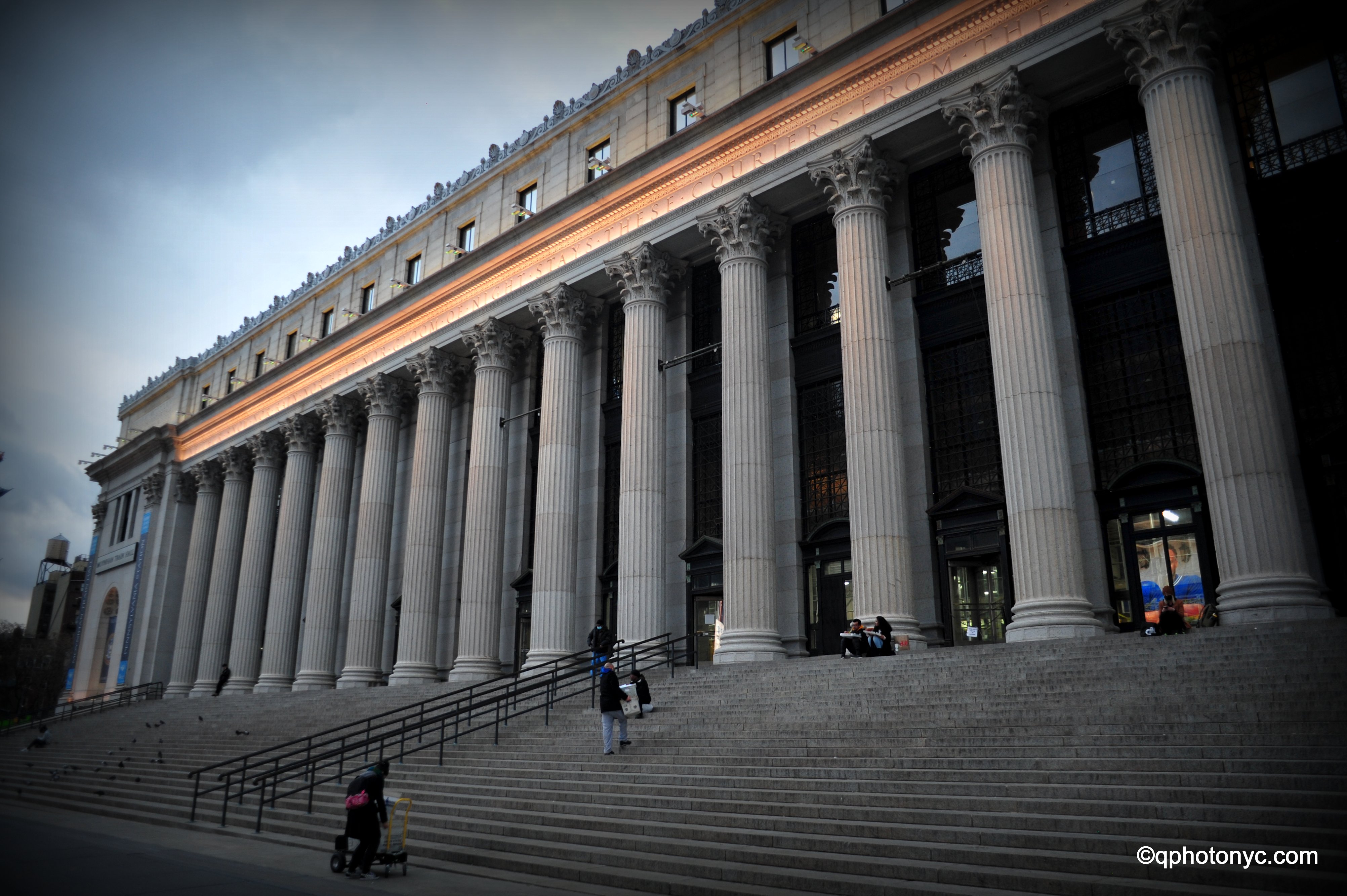
The Moynihan plan, once solidified, benefited from building on the architectural wisdom of a century ago, when beauty and elegance – and a reverence for the traditions that made these qualities manifest – were greater priorities for professional designers than the holy grail of novelty, which came to reign supreme in the post-war era. Entrance to the new Moynihan Train Hall is made through the century-old Post Office façade, most immediately from Eighth Avenue at sidewalk level; other entrances lead in from the adjacent cross-streets. A modern court, which straddles the same tracks that serve Penn Station (improper?) has been developed as the centerpiece of the Moynihan Train Hall. It is covered over in four sections of arched glass – its vista of the Midtown sky and surrounding urbanism pointedly echoing the skylit atrium of the Penn Station of old.

The eclectic mix of elements includes the building’s original neoclassical form, along with newly installed components made of traditional building materials – there is much marble, as well as a framework of exposed metal beams, and four defined sections of curved glass over the main hall. Generous splashes of ultramodern design, including bright-lit screens and creative lighting, produce an overall aesthetic form that frames an airy, inspiring space where visitors can enter the city. While it is not Grand Central Terminal, it is adequately bright, clean, and uplifting. In addition to the raw architecture, detailing includes a ceiling-mounted model of many of New York’s great buildings, suspended upside-down over the 31st Street entrance; and a map of the city – playfully distorted – on the ceiling at the top of a main escalator bank.
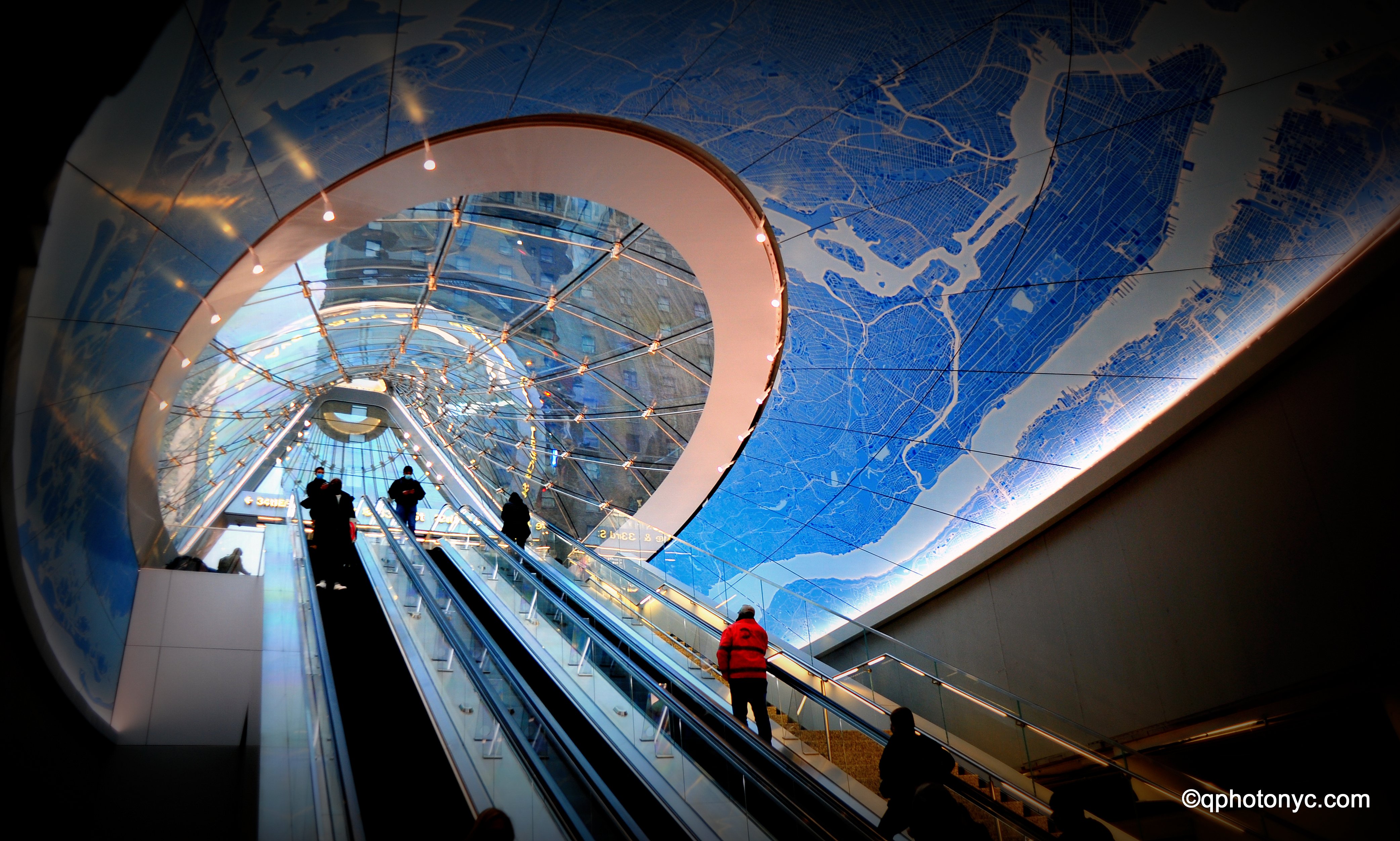
Notably, all is clean and fresh, and there is ample natural light – in those rare Northeastern absences of snow, or rain, or gloom of night. These qualities are a great leap forward from conditions at the monstrosity haunting the parcel across Eighth Avenue. The light tones of the building materials, too, enhance the sense of openness and interconnection with both the natural and urban worlds.
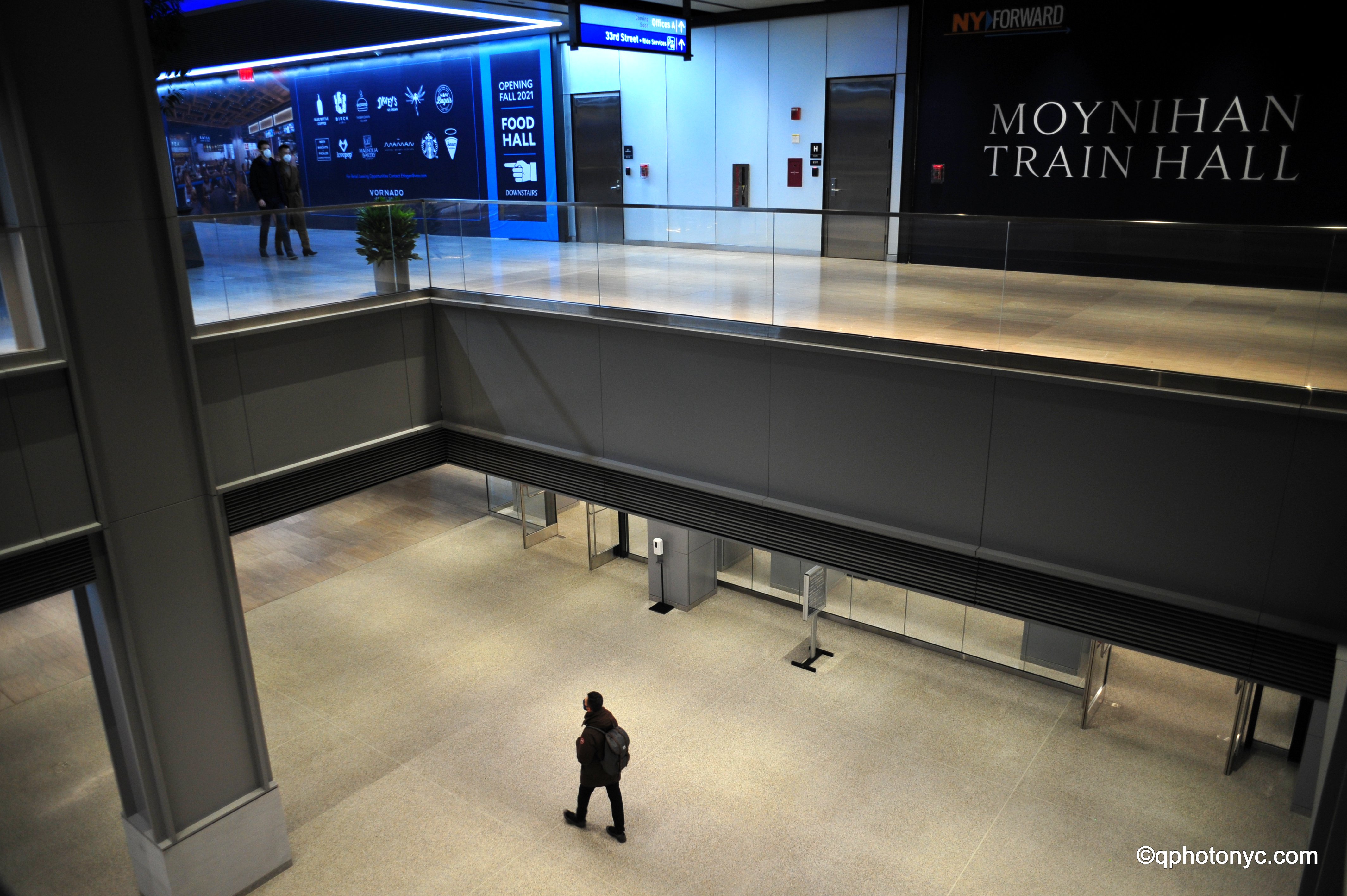
What can be done with the space beneath the Garden – and whether it will complement the Moynihan Train Hall to form a station whose size – and not only a portion of its design – is befitting New York City, remains an open question. The future will tell. For now, at least, we can rest easier knowing that if we or our visitors walk the right way – that is, toward the west – when exiting trains at the destination known as Pennsylvania Station—New York, we, or they, may now emerge into the Rome of the Modern World through a space that makes doing so an inspiring and enjoyable experience.

After more than five decades, New York City has at last begun to correct one of its gravest urban planning mistakes. That’s good news, but a permanent solution is still a slow train coming.

